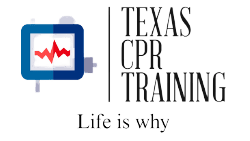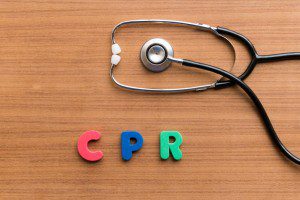
CPR in 3 Simple Steps
According to American Heart Association (AHA), around 400,000 cardiac arrests happen outside hospitals in the U.S. each year. Cardiac arrests are life-threatening and the patient can even die if not provided with immediate medical attention or Cardiopulmonary resuscitation (CPR) at the right time. Learning CPR can help you save someone’s life if you are ever caught in such a situation.
There are 3 crucial steps that you need to do while performing CPR on the victim of a cardiac arrest or someone who is unable to breathe adequately. The 3 simple steps are mentioned below in order.
Call 911
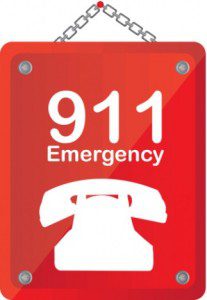
Calling emergency is the foremost step of CPR. If you observe any unresponsiveness in an individual or see the person has lost consciousness, is lying down and is having difficulty to breath, immediately dial the emergency number. Each country has their medical emergency number. Call 911 if you are located in the U.S. Remember that sudden cardiac arrest is different from heart attack. In the situation of a cardiac arrest, the person will collapse and will not be able to respond. Right after calling, return to the victim immediately.
Ambulances usually reach within 10 minutes. However, 10 minutes are sufficient for a person to die if they are not supplied with adequate oxygen. Permanent brain damage can occur within 4 minutes without oxygen.
Compressions
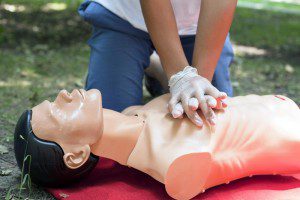
This is the second but very important part of CPR. Start performing chest compressions
if you observe that the patient is not able to breathe normally even after the second step.
In this step, put your hand at the center of their chest and the lower part of their breast bone. Press it with the lower part of your palms. Compress with force using the heel of your palm. Place your second hand over the first to compress more forcefully.
Do not place your hands on the victim’s ribs. Pressure on the ribs can be damaging. You are supposed to push harder and faster, at the rate of at least 100 compressions per minute and a depth of at least 2 inches. You can begin with 30 compressions initially.
Give Breaths
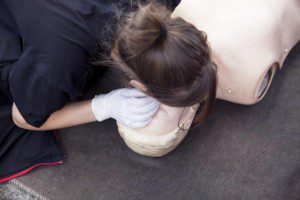
To supply oxygen to the body, you have to blow into the victim’s mouth.
This is the second crucial step as it involves helping the victim to breathe. Observe if the person is breathing.
If you notice that the victim is unable to breathe normally, pinch their nose and cover their mouth with yours. Help them breathe effectively by giving 2 full breaths until you see their chest rising.
This is guide only covers basic steps. It is recommended you attend a proper training session to adequately learn the techniques and facts about CPR. Through the training session, you will be provided with a demo and detailed instructions, plus the chance to experiment on a dummy. This certificate course is mandatory to understand CPR completely.
Home 💙 CPR/First Aid/AED in person 💙 CPR/First Aid/AED virtually 💙 BLS Healthcare Provider CPR 💙 Become an American Heart Instructor 💙 About 💙 Gallery 💙 Blog 💙 Contact Us
